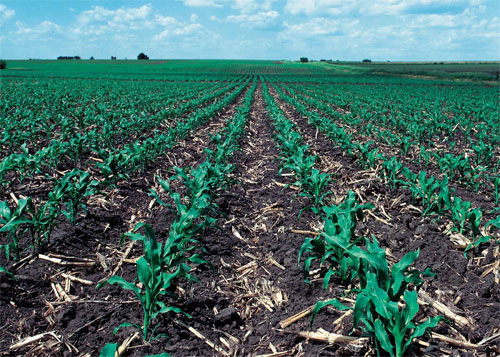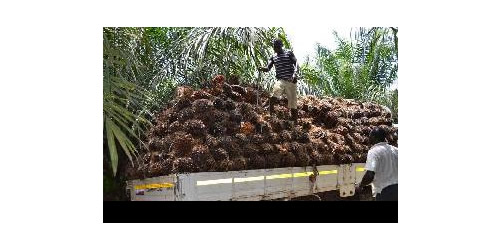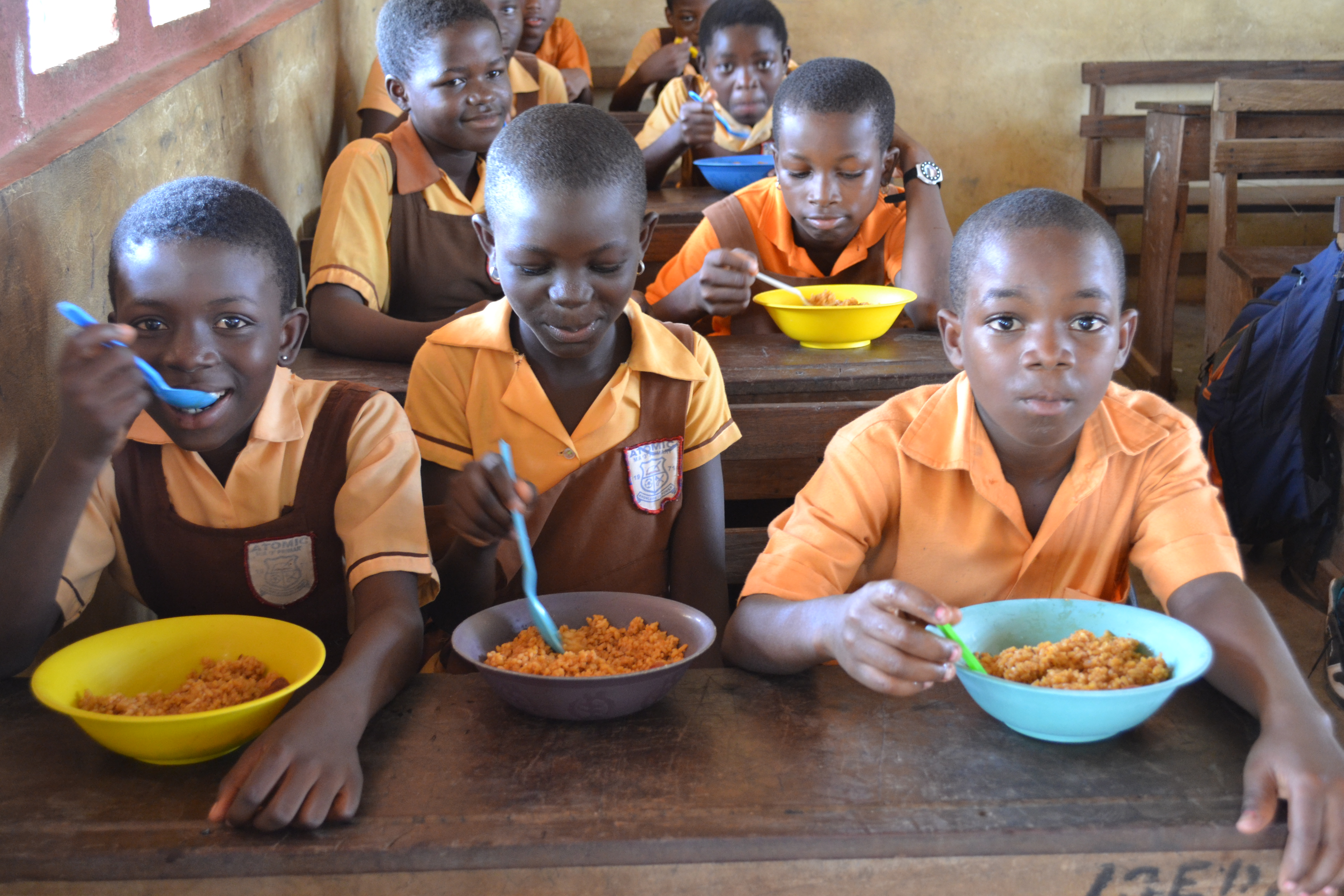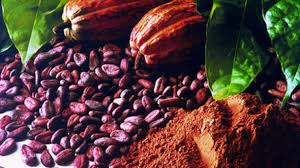Crop scientists in Ghana grow ‘seed yams in the air’

Local farmers in Ghana and elsewhere in Africa are denied the benefits of their harvests as a quarter of what they produced is put back into the soil for reproduction.
Also, access to good quality planting materials is a major limiting factor to the expansion of yam cultivation in Ghana, says Dr. Emmanuel Otoo, a yam breeder.
“Once you tackle and you are able to take away that limitation posed by the seed system, the sky is the limit,” he noted.
Ghana is the world’s second-largest yam producer after Nigeria. However, yam production is declining in some traditional producing areas due to declining soil fertility, increasing pest pressures and the high cost of labor.
Researchers at the Crops Research Institute (CRI) of the Council for Scientific and Industrial Research (CSIR) want to shift from saved seed yams to growing saved yams in the air, using aeroponics technology.
The Aeroponics System (AS) is the process of growing plants in air or mist environment without the use of soil – the novelty is for rapid multiplication of clean seed yam tubers in large quantities by directly planting vine cuttings in AS boxes to produce mini-tubers in the air.
“Normally people don’t plant yams with the vines, so we realized that we can do that and actually increase the multiplication ratio from 1 to 240 and now what we are doing is aeroponics, the first of its kind in the country; we’ve planted yam vines not in the soil, [but] hanging in the air, gave them nutrients and they’ve started bulking,” said Dr. Otoo, who heads the Yam Programme at the CRI-CSIR.
According to him, one plant can yield about 1,000 seeds and “with this technology you can plug the yam seed like you are picking pepper”.
Some selected farmers have been engaged by the researchers to appreciate the system whilst having hands-on-training on yam seed propagation techniques.
One of such farmers is 56-year old Kwasi Benyado, from Atebubu, a predominantly yam producing community.
“There are times you run-out of yam seeds and you have to buy but with what we’ve learnt here, we can nurse our own seeds to save money,” he said.
The new system is being promoted to the farmers and commercial seed producers, who would have the benefit of generating “true-to-type” planting materials.
Research Scientist, Patricia Oteng Darko, is excited to be working on the project.
“Aeroponics doesn’t demand so much space…with an enclosed system like this you are sure to eliminate the diseases and then you get a lot out of a small space,” she said.
The yam producers have also identified access to water as another challenge in production.
“Definitely it’s a matter of climate change; we know that the rains are not coming in time and they come in quantities that you don’t expect them to, so we are trying to develop materials that can tolerate such conditions,” said Dr. Otoo.
The yam seed developing systems is funded under the West African Agricultural Productivity Programme (WAAPP) and also supported by the Bill and Melinda Gates Foundation.
Source: modernghana





